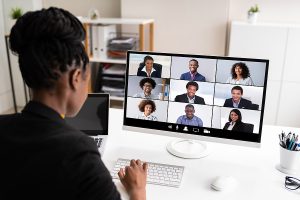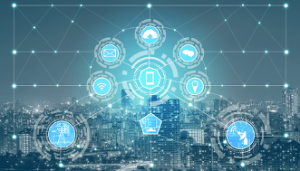 GovWhitePapers has launched as a central hub for government employees and supporting industry to find the information they need to understand the government market's trends and offer solutions to its challenges. A sister-site to GovEvents.com, GovWhitePapers will serve the 100,000+ audience who have been using the centralized source for all government-related events.
GovWhitePapers has launched as a central hub for government employees and supporting industry to find the information they need to understand the government market's trends and offer solutions to its challenges. A sister-site to GovEvents.com, GovWhitePapers will serve the 100,000+ audience who have been using the centralized source for all government-related events.
"Eleven years ago we launched GovEvents as a gathering place for the government community to find events that would help them advance their careers as well as their agency missions," said Kerry Rea, president of GovEvents and GovWhitePapers. "With GovWhitePapers, we're giving this community more of what they want--content and current knowledge on the latest trends and technologies making government more efficient and effective."
The GovWhitePapers team has collected materials relevant to the government audience on topics as diverse as Artificial Intelligence, Citizen Experience, Cloud Computing, Acquisition, Cybersecurity, Healthcare, and more. GovWhitePapers' goal is to make finding educational and thought leadership content less tedious, allowing the government community to: Continue reading




 At the beginning of 2020, the idea that the vast majority of the federal workforce would be working from home seemed like a remote (pun intended) reality. However, due to shelter-in-place orders across the U.S. this spring, much of the public sector work was being done from kitchen tables, guest bedrooms, and home offices. This fast pivot to remote work left agencies scrambling to get devices to employees now separated from their desks, develop reliable and secure connections to enterprise systems and applications, and re-engineer decades-old processes to accommodate fully virtual teams. Some examples include:
At the beginning of 2020, the idea that the vast majority of the federal workforce would be working from home seemed like a remote (pun intended) reality. However, due to shelter-in-place orders across the U.S. this spring, much of the public sector work was being done from kitchen tables, guest bedrooms, and home offices. This fast pivot to remote work left agencies scrambling to get devices to employees now separated from their desks, develop reliable and secure connections to enterprise systems and applications, and re-engineer decades-old processes to accommodate fully virtual teams. Some examples include: We've covered how
We've covered how 

